Introduction: The Wonder of Estuaries
Imagine a world where freshwater rivers meet the salty ocean, creating a vibrant ecosystem teeming with life. This is the magic of an estuary – a partially enclosed coastal body of water where freshwater mixes with saltwater, resulting in a unique habitat known as brackish water. But are these dynamic environments truly home to a diverse array of organisms? The answer is a resounding yes!
Estuaries are renowned for their remarkable biodiversity, supporting a fascinating array of life that thrives in this constantly changing environment. From microscopic plankton to majestic birds and elusive mammals, estuaries are teeming with a surprising diversity of species.
Why Estuaries are Biodiversity Hotspots
The secret to an estuary’s rich tapestry of life lies in its unique characteristics:
- Nutrient-Rich Waters: The mixing of freshwater and saltwater creates a constant flow of nutrients, fueling a complex and productive food web. Imagine a giant buffet constantly being replenished – that’s what an estuary offers its inhabitants.
- Variety of Habitats: Within an estuary, you’ll find a mosaic of micro-habitats, each with its own unique characteristics and inhabitants. Mudflats, salt marshes, mangrove forests, and deep channels provide a diverse array of living spaces for a wide range of species.
- Protective Nurseries: The calmer waters and abundant food sources of estuaries make them ideal nurseries for many fish and invertebrate species, providing a safe haven for their vulnerable young.
Types of Organisms Found in Estuaries: A Closer Look
Let’s dive into the fascinating world of estuarine inhabitants. You’ll be amazed by the sheer variety of life that calls these ecosystems home:
- Plants: The Foundation of the Food Web
- Saltmarsh Grasses: These hardy grasses form the foundation of salt marshes, providing food and shelter for a variety of creatures.
- Mangroves: In tropical and subtropical regions, mangroves create unique forested habitats that protect coastlines and support a rich diversity of marine life.
- Seaweeds and Algae: These underwater gardens provide food and oxygen, playing a vital role in the estuarine ecosystem.
- Invertebrates: The Hidden Majority
- Crabs: From tiny fiddler crabs to larger blue crabs, these crustaceans are essential to nutrient cycling and serve as a vital food source for larger animals.
- Shrimp: Many species of shrimp use estuaries as nurseries, finding shelter and food among the seagrasses.
- Oysters: These filter feeders are ecosystem engineers, their reefs providing habitat for a multitude of creatures while cleaning the water.
- Worms: A hidden world of worms plays a vital role in breaking down organic matter and enriching the sediment.
- Microscopic Organisms: Plankton (both phytoplankton and zooplankton) form the foundation of the food web, supporting a vast array of larger creatures.
- Fish: A World of Variety
- Salmon: These iconic fish begin their lives in freshwater rivers, migrate to the ocean, and then return to their natal streams to spawn, using estuaries as a critical transition zone.
- Herring: These schooling fish often use estuaries as nursery grounds, their vast numbers a testament to the productivity of these ecosystems.
- Flounder: These flatfish are masters of camouflage, blending into the sandy bottom as they lie in wait for their prey.
- Eels: Is a blobfish a carnivorous/herbivorous/omnivorous Some eels, like the American eel, breed at sea and then migrate into estuaries as juveniles, where they mature before returning to the ocean to spawn.
- Birds: A Feathered Spectacle
- Shorebirds: Sandpipers, plovers, and other shorebirds use their specialized beaks to probe the mudflats for worms, crustaceans, and other invertebrates.
- Wading Birds: Herons, egrets, and ibises stalk through the shallows, their long legs and sharp beaks perfectly adapted for spearing fish.
- Raptors: Ospreys and other birds of prey soar above, their keen eyesight scanning the water for a meal.
- Mammals: Unexpected Visitors
- River Otters: These playful creatures are a joy to watch as they dart through the water, their thick fur keeping them warm even in chilly waters.
- Seals: Harbor seals may haul out on sandbars or rocky outcrops within estuaries, using these areas for resting, breeding, and molting.
- Dolphins: Bottlenose dolphins and other dolphin species are known to venture into estuaries in search of food, their sleek bodies navigating the currents with ease.
Adaptations for Survival
Life in an estuary is not for the faint of heart. The ever-changing salinity, fluctuating tides, and potential for low oxygen levels require special adaptations for survival:
- Salinity Fluctuations: Organisms have developed different strategies to cope with the constant changes in salinity. Some, like salmon, can tolerate a wide range of salinity, while others have specialized mechanisms to regulate their internal salt balance (osmoregulation).
- Tidal Changes: The rise and fall of the tides pose a unique challenge for estuarine inhabitants. Some organisms, like crabs and clams, burrow into the mud to escape exposure at low tide, while others have adapted to tolerate periods of dryness.
- Competition and Predation: With so many different species vying for resources, competition for food and space is fierce. Organisms have evolved a variety of strategies to avoid predators and secure their place in the food web.
The Importance of Estuaries
Estuaries are far more than just interesting ecosystems; they play a vital role in maintaining the health of our planet and supporting human well-being:
- Ecological Importance:
- Fish Nurseries: Estuaries provide critical habitat for a vast number of fish and shellfish species, many of which are commercially valuable.
- Habitat for Endangered Species: Many estuaries are home to endangered and threatened species, making their protection even more critical.
- Water Filtration: Estuaries act as natural filters, removing pollutants and excess nutrients from rivers and streams before they reach the ocean.
- Economic Benefits:
- Fishing Industry: Estuaries support a significant portion of the global fishing industry, providing jobs and food security for millions of people.
- Tourism and Recreation: Their beauty and biodiversity make estuaries popular destinations for birdwatching, kayaking, fishing, and other recreational activities, boosting local economies.
- Coastal Protection: Estuaries act as natural buffers, absorbing storm surges and protecting coastlines from erosion.
Threats to Estuaries
Despite their vital importance, estuaries face a growing number of threats, largely as a result of human activities:
- Pollution: Runoff from agricultural fields, urban areas, and industrial sites carries pollutants like fertilizers, pesticides, and heavy metals into estuaries, harming wildlife and degrading water quality.
- Habitat Destruction: Coastal development, dredging, and the conversion of wetlands for agriculture and other uses destroy vital habitat for estuarine species.
- Climate Change: Sea-level rise, ocean acidification, and changing weather patterns are already impacting estuaries, putting additional stress on these fragile ecosystems.
Conclusion: Protecting These Vital Ecosystems
The diversity of life found in estuaries is a testament to their ecological importance. From the tiniest plankton to the largest marine mammals, these ecosystems support a remarkable web of life that provides us with essential services. It’s our responsibility to protect these vital habitats for generations to come. By reducing pollution, supporting sustainable fishing practices, and advocating for the conservation of estuarine habitats, we can help ensure that these vibrant ecosystems continue to thrive.
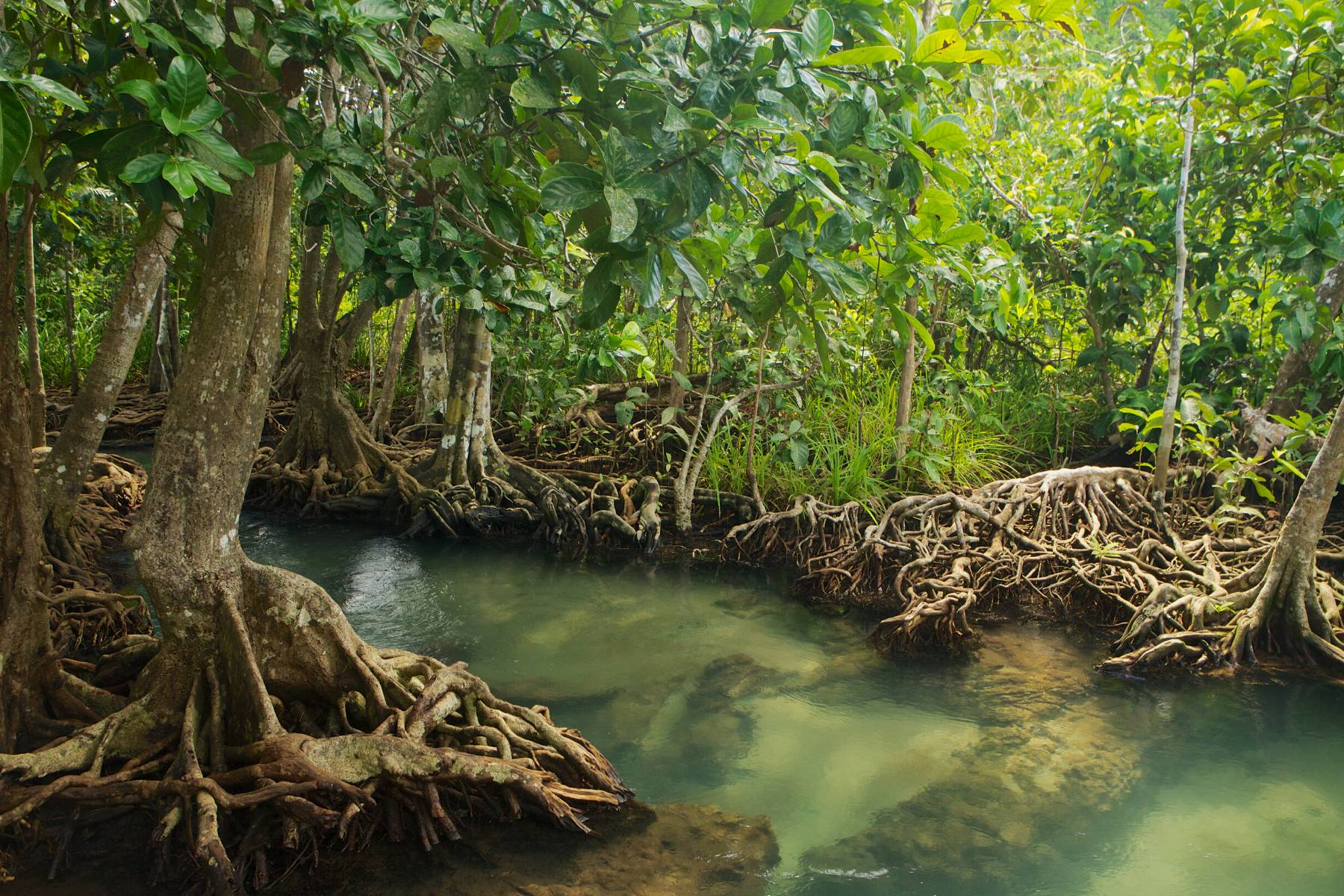
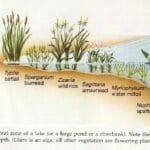

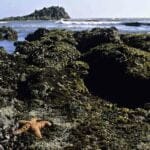
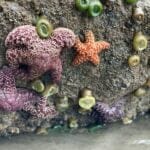
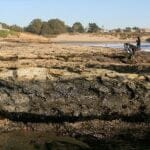
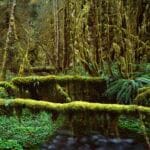





1 thought on “Unveiling the Unexpected: Discovering the Diverse Animals Found in Estuaries”
Comments are closed.